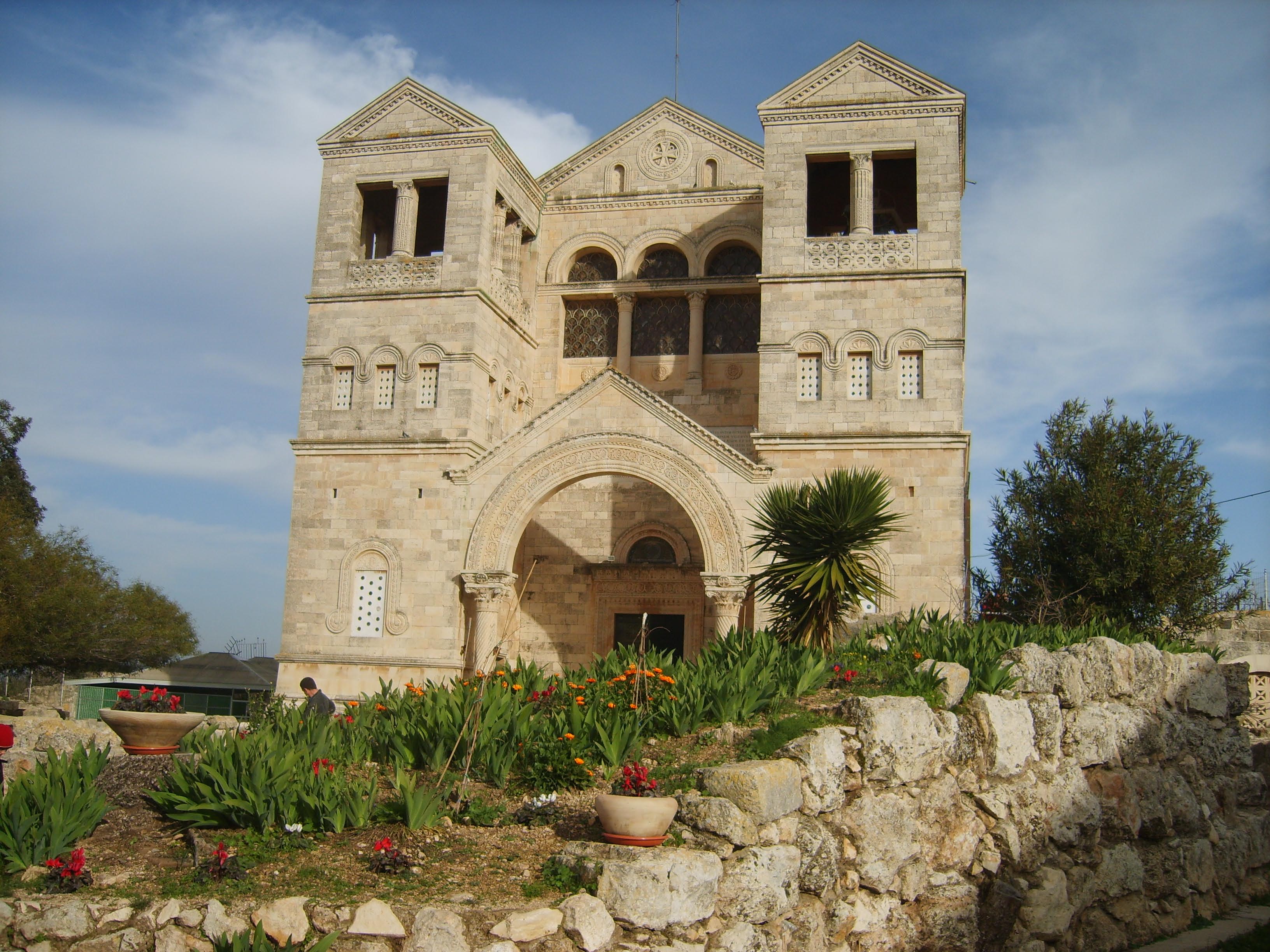(Gen 22: 1-2, 9a, 10-13, 15-18) Abraham heard God’s call and was willing to sacrifice Isaac; however, God intervened once God saw Abraham’s obedience. This is a fireside story about Abraham’s great faith. It is also a story telling the Israelites not to engage in child sacrifice like some of their neighbors. We know in the fullness of God’s revelation that the sacrifice God wants is humble and contrite hearts. Hearts ready to love God and love other people.
In this passage (Rom 8:31b-34) Paul comes close to endorsing the atonement theory of Anselm—Jesus had to die to appease God’s justice. We know that God is just and merciful and would not demand Jesus’ life. What kind of a God would make such a requirement? Jesus died to absorb evil and to overcome death-dealing empire with nonviolence. His death reveals the face of a just and merciful God. His death reveals that Jesus died because his message to love God and love and serve one another—including the least among us—disturbed the secular and religious authorities. He remained true to his message and set his face toward Jerusalem and the final confrontation. Jesus’ mission and his imminent death were not acceptable to the disciples. They did not yet understand. The transfiguration story which follows is meant to inspire them and move them along on their faith journey, to help them understand what Jesus is about.
Mark 9:2-10 recounts the transfiguration. In order to understand the message, we need to set the account in context. The transfiguration follows the second call to discipleship and thus tells the dense disciples to listen to what Jesus is saying as he sets his face toward Jerusalem. When they come down from the mountain, things are not going well. Moses encountered impious dancing and celebrations. Jesus encountered the scribes and frustrated disciples who could not cast out a demon. So much for the flash of glory on the mountain. It is back to life in the trenches in the ongoing battle with the religious authorities.
The transfiguration is meant to affirm Jesus’ mission. He is firmly grounded in the law (Moses) and the prophets (Elijah). Peter is so dazzled that he wants to institutionalize this peak experience. Trying to capture such moments in time is like trying to catch fog in a bottle. (This metaphor comes from Fr. Matthew Kelty’s description of trying to capture the essence of Merton.)
Peak experiences are designed to reaffirm our life commitments, to enable us to see things more clearly and change our lives accordingly. Thomas Merton, bringing together time and space, called peak experiences “spots in time.†Merton had spots in time through his restless search for God. The icons of the Christ in the churches in Rome represent an early experience of God. Another experience occurred at the church of St. Francis in Havana. He heard the school children singing, “yo creo, yo creo” (I believe, I believe.)The most noteworthy spot in time was the epiphany at the corner of Fourth and Walnut in Louisville. Merton, the one who sought relief in monastic solitude, suddenly realized his solidarity with all people. He understood that he loved them. He saw them walking to and fro during the day shining like stars. The gigantic statues of the smiling and reclining Buddhas at Polonnaruwa in Asia during his final days represent the final spot in time for him.
What are your spots in time? We all have them. We have times when we dazzle and glow. We have spots in time and we have times when we cannot cast out the demons which keep us from loving God and other people. We need to relish our spots in time, listen to Jesus and learn what he expects of us. Discipleship is obedience, listening to the call of God awakening us to risen life now.

